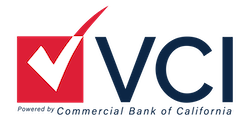There are certain risks that come along with processing transactions, with whichever way you choose. You need to be aware of the hazards and the methods being used to extract funds.
Let’s begin with the basics. The ACH network acts as the central clearing point for all Electronic Fund Transfer (EFT) transactions in the United States. It represents a central link in the national banking system. Payments then await clearance for their final banking destination. ACH fraud is the theft of funds through the Automated Clearing House (ACH) financial transaction network.
Here are just some examples of ACH Fraud:
Payroll Fraud: The hacker comes in through the ACH account and cleans it out. “So instead of paying out the payroll, the payroll goes to the conman.”
Check Kiting: A scam in which funds are juggled back and forth between bank accounts at separate banks — a criminal takes advantage of the time lag in transactions.
Phishing: An employee with authorization for ACH transactions receives an email that leads him to an infected site, which accesses authentication information. The thief can then impersonate the company’s authorized representative and withdraw funds.
Who’s at Risk?
Local community banks and credit unions are the most affected by the ACH fraud.
How to Prevent Fraud:
Detection is key with ACH fraud, especially around business accounts. Monitor all unblocked accounts Outside of that, asking your bank to place ACH debit blocks on accounts that should not have any withdrawals. To avoid any external threats, use firewall devices, anti-spyware and anti-virus software. Internally, monitor your employees of your business.
